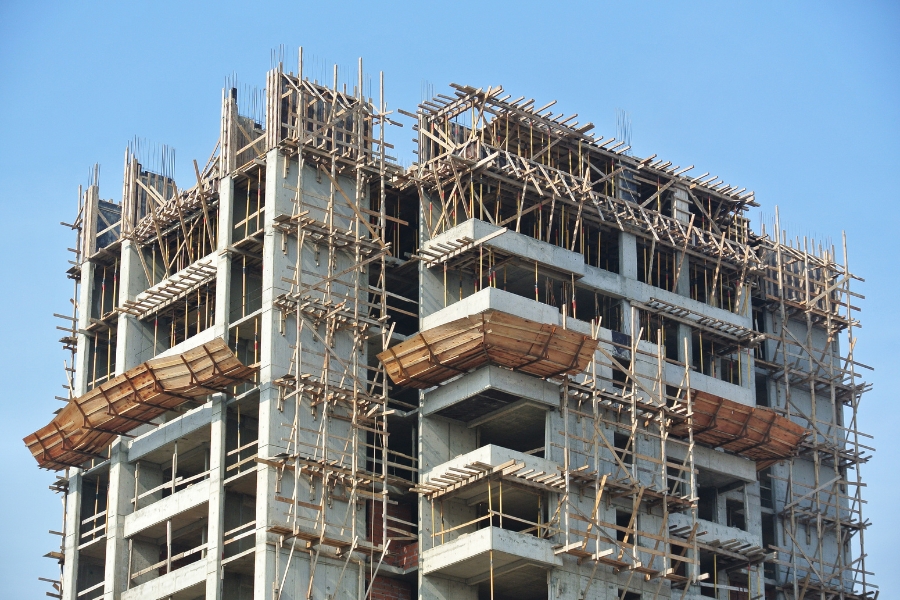In the construction process, attention is often focused on the quality of cement, steel, or concrete mix. However, there is one important element that should not be overlooked: wood for formwork. This wood serves as a formwork or shuttering that supports the weight of wet concrete until it hardens. If not chosen properly, it can not only compromise structural strength but also inflate the budget.
Choosing the right type of wood can be a smart solution for a sturdy structure while also being more cost-effective. Let’s explore the different types of wood for casting that can be the best choice, complete with their advantages and disadvantages!
Types of Wood for Formwork
Not all types of wood are suitable for formwork. Some excel in strength, while others are more budget-friendly. The choice of wood can affect the final result of the formwork, both in terms of structural integrity and cost efficiency. Here are the types of wood for casting that are commonly recommended in the field:
1. Meranti Wood
Meranti wood is well known for being readily available on the market and relatively affordable, making it a popular choice for small to medium-sized projects. In addition, it is quite strong and resistant to warping, making it suitable as a mold material. Its light weight also facilitates installation and dismantling, especially in projects with short completion times.
2. Borneo Wood (Kalimantan)
This wood, originating from Kalimantan, has long been renowned for its exceptional strength. With its dense and sturdy fibers, Borneo wood is highly suitable for forming heavy concrete molds that require extra durability.
Although it is more expensive than other woods, its durability allows for repeated use, making it a more cost-effective choice in the long run.
3. Kamper Wood
Camphor wood is quite resistant to moisture, making it suitable for use during rainy season concrete pouring. Its advantages lie in its lightweight nature and ease of shaping, which greatly aids in construction projects requiring time efficiency. However, due to its large pores, the wood’s surface should be coated with plastic or other protective materials to ensure a neat finish and prevent leaks.
4. Randu Wood
For temporary projects, randu wood can be an economical option worth considering. This type of wood is easy to shape and inexpensive, but it is not suitable for large molds or permanent structures.
Its soft nature makes randu more suitable for use as a coating or additional support in light-scale construction work.
5. Mahogany Wood
Mahogany wood is renowned as a high-quality wood, particularly for its strength and smooth, neat grain pattern. Although it is relatively expensive, mahogany is often chosen for premium projects that prioritize precise and aesthetically pleasing results. With its smooth texture and detailed casting results, this wood is ideal for casting needs that require high precision.
These are the types of wood for casting that you can consider based on your project needs and budget. Each has its own advantages and disadvantages, so it is important to adapt to the site conditions and casting objectives.
In essence, choosing the right casting wood is not just about strength, but also about time and cost efficiency. With the right choice, the building will be stronger, neater, and definitely won’t break the bank.
So, why not order high-quality wood tailored to your casting project needs at Hojaya today!


